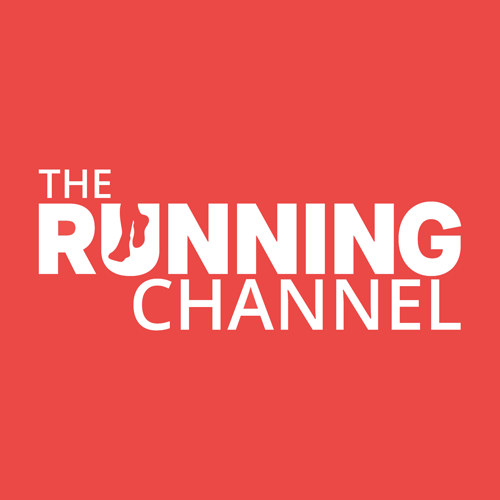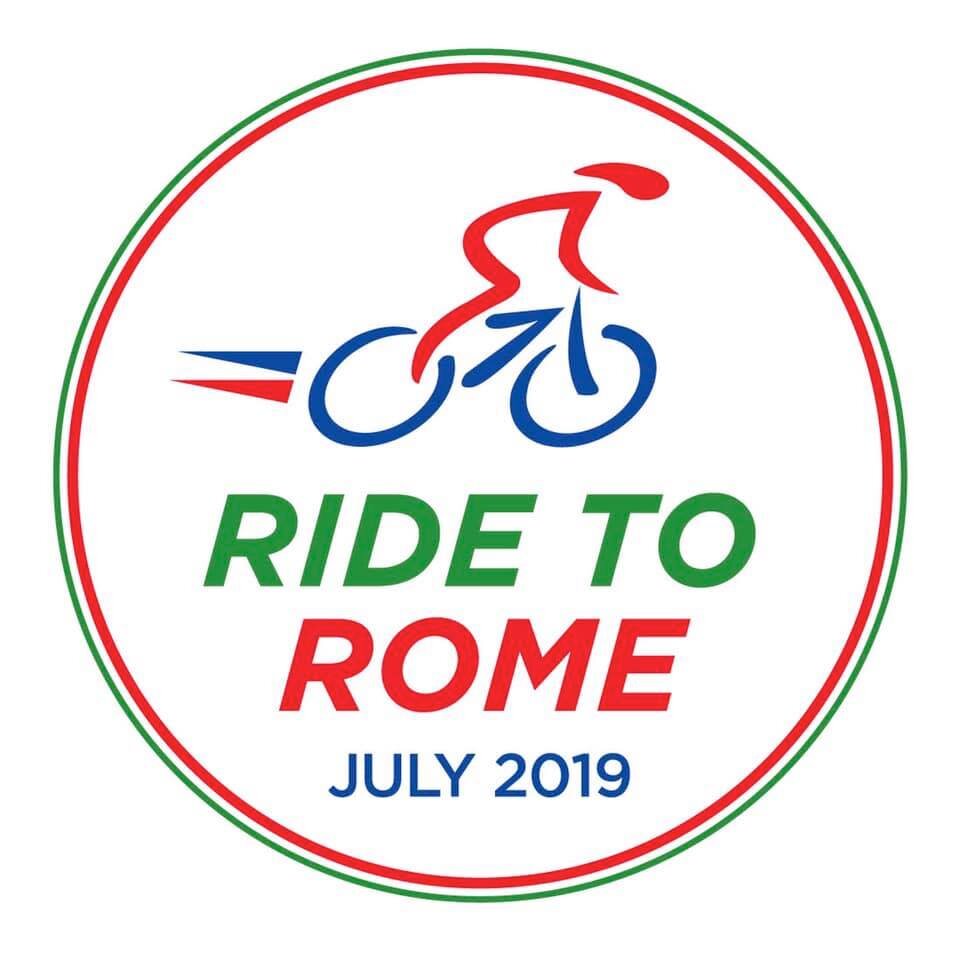Die Another Day PART 1: Total Hip Replacement - Ivan's Story
Forty-nine year old Physio Remedies’ total hip replacement (THR) patient Ivan describes how his knowledge of the modern day advances in hip replacement technology, famous sportsmen and women that had undergone THR surgery and the first class physiotherapy and referral advice he received from Sarah Lawson and Nick Smith of Physio Remedies enabled him to make the decision to have surgery early and start realising the benefits of doing so – PART 1, diagnosis.
Introduction to Ivan
Every athlete, sportsman or woman dies twice: once when they take their last breath and once when they hang up their jersey or so the popular adage goes. No matter the level of competition or ability, once that part of someone's life ends it creates an unfillable void and an insatiable desire to play again. No real death is experienced obviously, but a major part of that person's life vanishes. This popular phrase played through my head on repeat as I sat in my orthopaedic surgeon, Professor Fares Haddad’s, office in dejected terror and disbelief in September 2016 trying to let his words sink in.
“I am afraid it’s bone on bone, there is no cartilage left. You are going to need a new hip. It is a simple as that” he said. “I am only forty-seven years old” I thought! But that was that. The camera, or in this case, an x-ray, never lies. This is the story of my journey from that day, now more than two years ago, to a happy place today. A place where my old life has returned. Not only am I hundred percent pain free but I am back to the same activity levels and lifestyle pre-operation.
A Life of Sport
I am a sportsman and waterman. That’s who I am. That’s what I do. At school I played every sport under the sun. County hockey, football, rugby, cricket, golf, squash, badminton, tennis, rackets, but real tennis was my passion. I was a British junior national champion in all junior age groups and I played for GB in the 1988 Bathurst Cup (the Real Tennis equivalent of the Ryder Cup). My first sailing experience was at fourteen months old in my father’s Swallow keel day boat. This led on to a lifetime of dinghy sailing, windsurfing from twelve years old, kitesurfing, water skiing, wake boarding, surfing, stand up paddling (SUP) and yacht racing. I have kite surfed and windsurfed in most of the best locations there are worldwide and I ski and snowboard in the winter. And I run. Nothing dramatically spectacular but I run. Cross country at school, ticked off the marathon sub-four hour on the to-do list and I have run my fair share of half marathons. In the last ten years, I have taken up triathlons. Add swimming and cycling to the list. You get the picture.
Physio Remedies Referral (Hint: get the best advice you can afford)
The pain started gradually at first. It was autumn 2015, three years ago. A post run deep sharp pain in my pelvis after I got up from my desk at work left me hobbling for a couple of minutes. This progressed from post sport discomfort to pain on a daily basis. I had to stop running. I developed a limp. Pushing down on the clutch pedal in slow traffic hurt. By April 2016 I was in real trouble. A walking holiday in the Atlas Mountains, Morocco proved to be a struggle. Despite ongoing release and mobilisation work from Nick Smith, Physio Remedies’ Senior Physiotherapist, the symptoms were getting worse not better.
After a tennis match in September 2016 I was not able to walk back home from a local restaurant without the supporting shoulders of my girlfriend and her mother. Not a good moment, believe me! I remember walking two minutes from a tube station to a work event and standing there, champagne glass and canapé holder in hand, grimacing at the shooting pain in my left hip.
Sarah Lawson, Senior Physiotherapist and Physio Remedies’ founding Director, was brilliant at recommending who I should be referred to see from her London network of top orthopaedic surgeons. She considered who would be the best match for my situation, taking into account many factors such as my age, the suspected pathology of my hip injury, my sporting needs and the specialisms of the surgeon. She recommended I should go and see Professor Fares Haddad who has a worldwide reputation for treating sports related knee and hip injuries.
Following on from my consultation with Professor Haddad he wrote to me with his diagnosis. I had hoped, like an idiot that it was not structural, maybe a lower back ligament or tendon issue? But there it was in black and white. I read his letter, ‘he (me) is now bone on bone on the left-hand side (hip), he will need to manage the symptoms but will end up with arthroplasty surgery (a total hip replacement)’.
Words by Ivan. Ivan runs an IT professional services company, Snell Consultancy, and he can be contacted at www.ivansnell.com.
If you’re experiencing hip pain call us on 02030 12 12 22 to book an appointment with one of our hip specialists: Alex Manos or Paul Martin.
Next month – Part 2 - Making the decision.

























